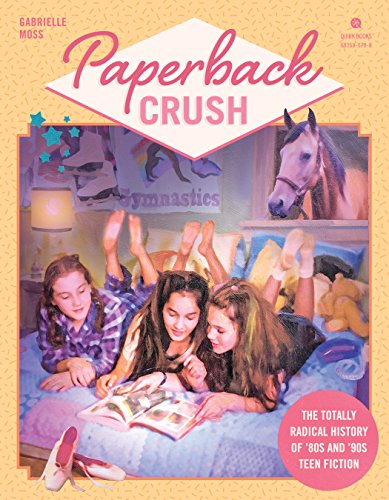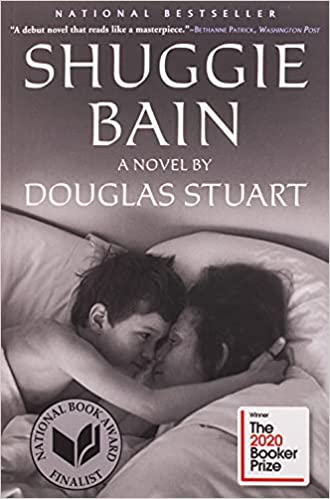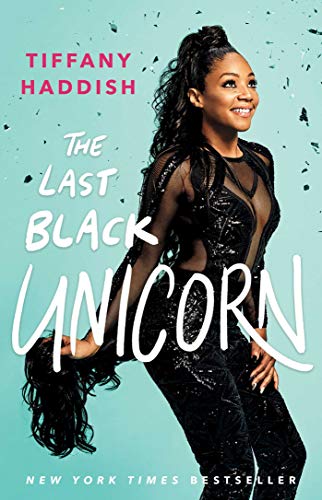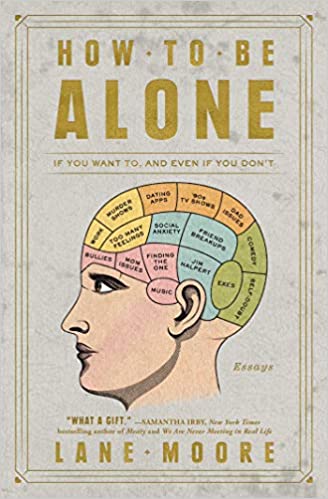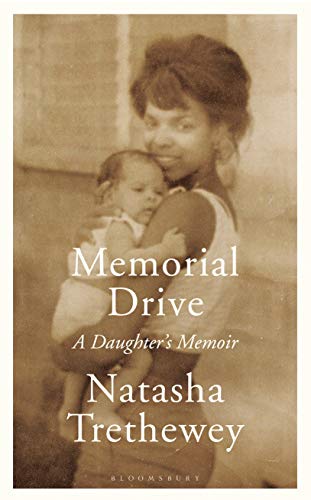Paperback Crush. Gabrielle Moss. 2021. Quirk Books. 257 pages. [Source: Public library.] Be still, my heart. As a child of the ’80s, I longed for few things more than the day the Scholastic book flyer was distributed at school or a Saturday spent at the mall with my friends, roaming through Sam Goody & Waldenbooks while figuring out when we’d get our Cinnabon and Orange Julius fix. My world has always been consumed by books, but nothing brings on nostalgia like remembering the thousands of hours I spent devouring teen fiction. Series like The Baby-Sitters Club, Sweet Valley High, and, of course, R.L. Stine’s Fear Street had a chokehold not just on me, but countless teen readers and Paperback Crush is a retrospective of the genre with attention paid to heavy hitters and lesser-known books. With Paperback Crush, Moss revisits some of the most seminal teen fiction of the 1980s and ’90s with remarkable depth. While it’s not a scholarly read, it’s clear Moss conducted extensive research on the history of teen fiction and its content’s evolution over time. There are readers who would argue that this era of teen fiction is a “golden era” of sorts, without considering what…
Shuggie Bain. Douglas Stuart. 2020. Grove Press. 448 pages. [Source: Public library.] Shuggie Bain is a sensitive, unwaveringly loyal boy who has the misfortune of being born to an alcoholic mother and abusive father, with older siblings who are nearly tripping over themselves to get away from the family. Set in 1980s Glasgow, Shuggie Bain is a coming of age story about a boy everyone seems to know is “no right” and who ends up in a flopped household where he’s more of a caregiver to his mother Agnes. Stuart excels in setting the tone and environment for a story that is incredibly bleak, with fleeting moments of happiness. Throughout the book, there is an ever-present climate of despair that is hard to shake, not just for Shuggie but for everyone in his orbit. He is living in a Scotland that’s been ravaged deindustrialization, where rampant unemployment and extreme poverty are the new norm. When his family goes from living with his mother’s parents in a bustling city to living in a remote former mining town among strangers, they struggle to find a sense of belonging. Agnes, with her coiffed hair and meticiously neat outfits, doesn’t quite fit in with…
The Last Black Unicorn. Tiffany Haddish. 2017. 289 pages. [Source: Public library.] It’s rare that a book has me actually laughing out loud nearly the entire time I read it. Most comedic books are funny, but not that funny. Tiffany Haddish easily kept me in stitches throughout The Last Black Unicorn, perhaps more so because it was an audiobook narrated by Haddish herself. In her autobiography, Haddish covers it all — her unstable upbringing, abusive/manipulative relationships, and the stop-and-go evolution of her career. There are energizing highs, and heart wrenching lows. But what’s undeniable is Haddish’s ability to tell these stories with candor and humor. She states early on in the book that readers will either laugh or cry, and that she’d her best to have them do the second. Without question, she’s presented a book that strikes a fair balance of honesty without turning it into a sob story. In fact, I’d say that at times, the way she presents things is almost bordering on the ridiculous, yet she always brings it home. What stands out to me about this book is how transparent Haddish is about her various experiences. She’s upfront and detailed about her missteps, even those…
How to Be Alone: If You Want To, and Even If You Don’t. Lane Moore. 2018. Atria Books. 224 pages. [Source: Public library.] Random scrolling in the Libby app led me to How to Be Alone, written by comedian, writer, and musician Lane Moore. I wasn’t quite sure what to expect, but the title caught my attention considering I enjoy my fair share of alone time. How to Be Alone, however, is less about the beauty found in solitude, and more about how the author coped with the physical and psychological isolation she has navigated since her childhood. In this memoir, Moore shares vignettes of her life that center her connections with other people — or lack thereof. From friendships, to relationships, and her career, she bares a lot in the name of transparency, and it reads a lot like a cautionary tale. The “how-to” aspect of the book was not prominent until the final chapter. The rest, however, did read like a “what not to do,” though I’m not sure that’s what the author intended. Moore isn’t specific in the book about the nature of what she experienced with her family, but she is clear about its impact on…
Memorial Drive. Natasha Tretheway. 2020. Bloomsbury Publishing. 229 pages. [Source: public library.] Mother-daughter relationships are so often fraught. Mothers are often entrusted with raising healthy, whole adults and it seems daughters will find themselves raging against the strain of expectation and vicarious dreams. If they’re lucky, time will give them opportunity to reconcile the tension and benefit from an understanding of each other that comes with age. Unfortunately, that’s not the story of Memorial Drive, Natasha Trethewey’s memoir. Instead, Memorial Drive starts off with the hard truth that Natasha and her mother Gwendolyn did not have the benefit of time bringing them closer with a renewed relationship. It starts where it ends, with Gwendolyn’s murder at the hands of her ex-husband when Natasha was a 19-year-old freshman in college. The rest of the book follows as Trethewey, more than 30 years on, reflects on her childhood and adolescence, framed largely around the relationship between her and her mother. She recounts her earliest years with her black American mother and white Canadian father in the relative cocoon of familiarity in Mississippi. Later, when her parents separate, she ends up in Georgia, where the majority of her trauma unfolds during a period…

